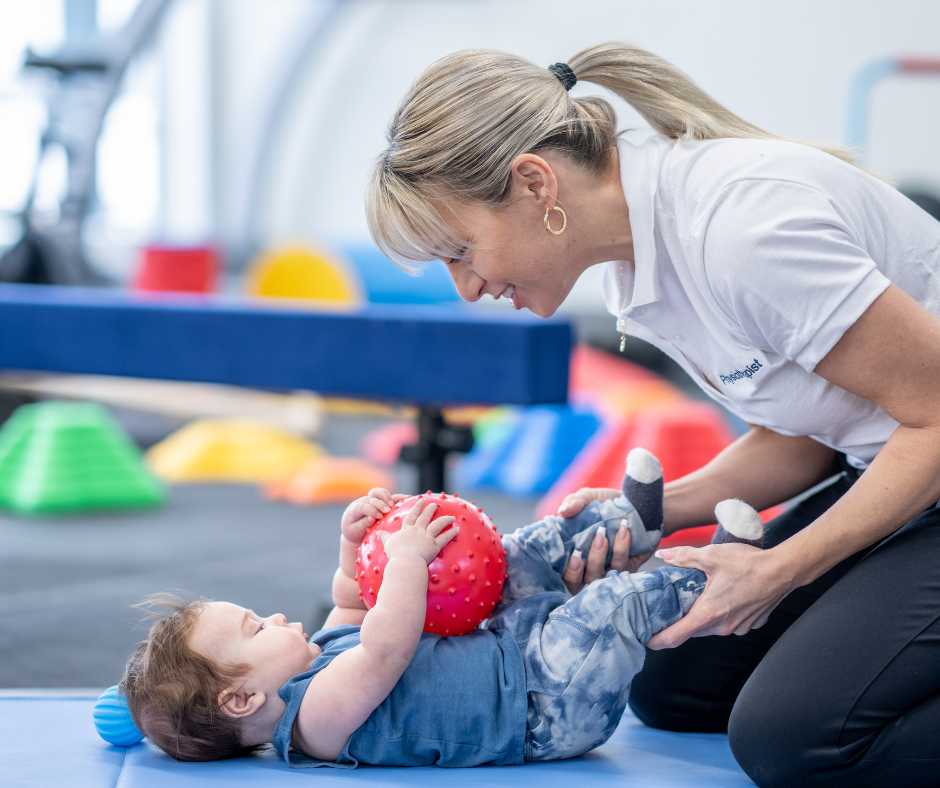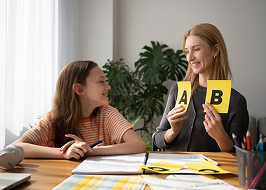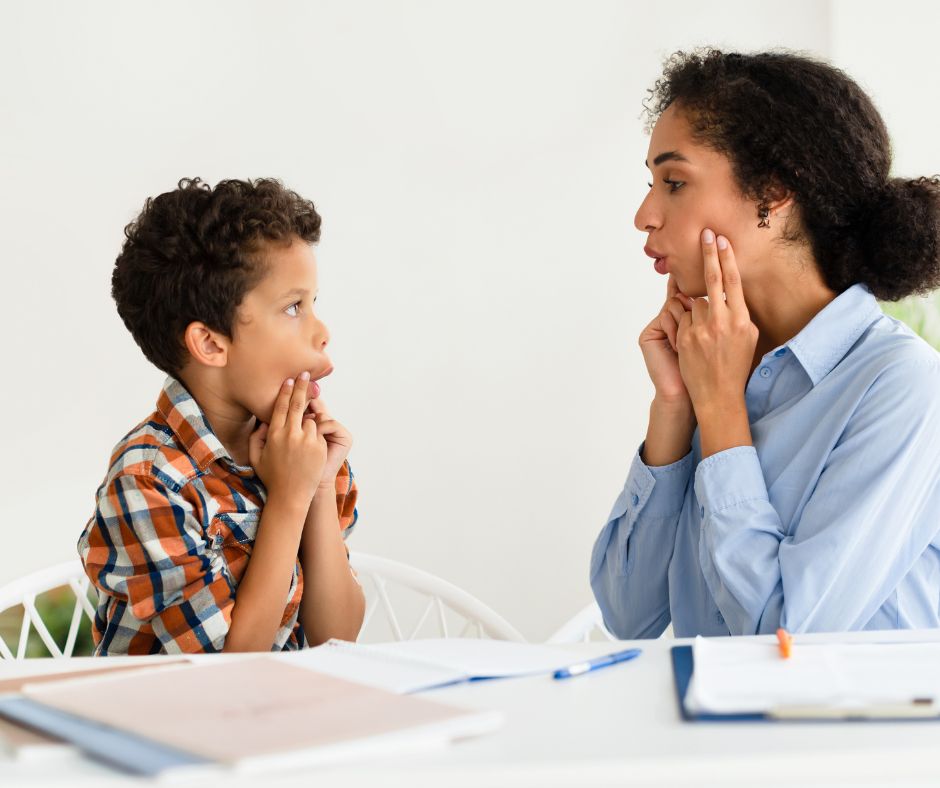Does your child is facing trouble to catch a ball with both hands?
Does your child find it difficult to button up their shirt, or ride a bike?
Adults might feel these activities simple, but children need a very important skill known as bilateral coordination. This skill is about making the child able to use both sides of their body at the same time.
What Is Bilateral Coordination?
Bilateral coordination is the skill to use the both sides of the body together in an organized and controlled way. In some cases, both sides are doing the same thing, and while during other times one side operates while the other side supports.
It consists of three main types:
- Symmetrical coordination – when both sides of the body perform the same action at the same time. It includes jumping, clapping, or pulling a rope.
- Asymmetrical coordination – when both side of the body works together and does something different. Like cutting with scissors where one hand cuts while the hand holds the paper.
- Alternating coordination – when the both sides of the body move in an alternating or rhythmic way. Like: running, walking, or pedaling a bike.
Bilateral Coordination: Why is it important?
- To develop fine motor skills like writing, drawing, coloring, buttoning shirts, and using utensils.
- To encourage gross motor skills like climbing stairs, playing on swings, riding a scooter, or throwing and catching a ball.
- Build confidence so that children can manage tasks like dressing themselves or playing games with friends.
- To develop cognitive development so that brain coordinates with both sides of the body this supports learning, problem-solving, and reading.
Fun Activities to Improve Bilateral Coordination
- Puzzles and Lego – It will help your child to hold pieces with one hand while fitting them in with the other.
- Clapping Games – You can use songs with clapping rhythms to strengthen the symmetrical coordination.
- Drawing and Coloring – It helps your child to hold the paper with one hand while drawing and coloring with the other.
- Ball Games – You can help them build hand-eye coordination by using catching, rolling, and tossing a ball.
- Outdoor Play – You can help them build alternating coordination through climbing, swinging, biking, and skipping.
- Cooking Together – Stirring batter, holding a bowl, or kneading dough uses both sides of the body.
- Musical Instruments – You can help them encourage both hands to work together by using keyboards, drums, or even homemade shakers.
When to Seek Help of Occupational Therapist
There are some cases when children may continue to struggle with bilateral coordination even with practice. This is where occupational therapist arises to help your child. Therapists use structured and fun activities to promote their motor skills, build confidence, and improve coordination. With early support you can make a big difference.
Conclusion
Bilateral coordination is a helpful tool to help your child build the essential life skills including dressing, writing, reading, and playing sports. You can help them become confident and independent by participation with your child in simple activities at home.
Remember, every child has a different milestone of development. Some children quickly pick up these skills, while others need more practice and time than others.
Your child needs your support, to learn to perfectly use both sides of their body and enjoy all the little victories along the way.



